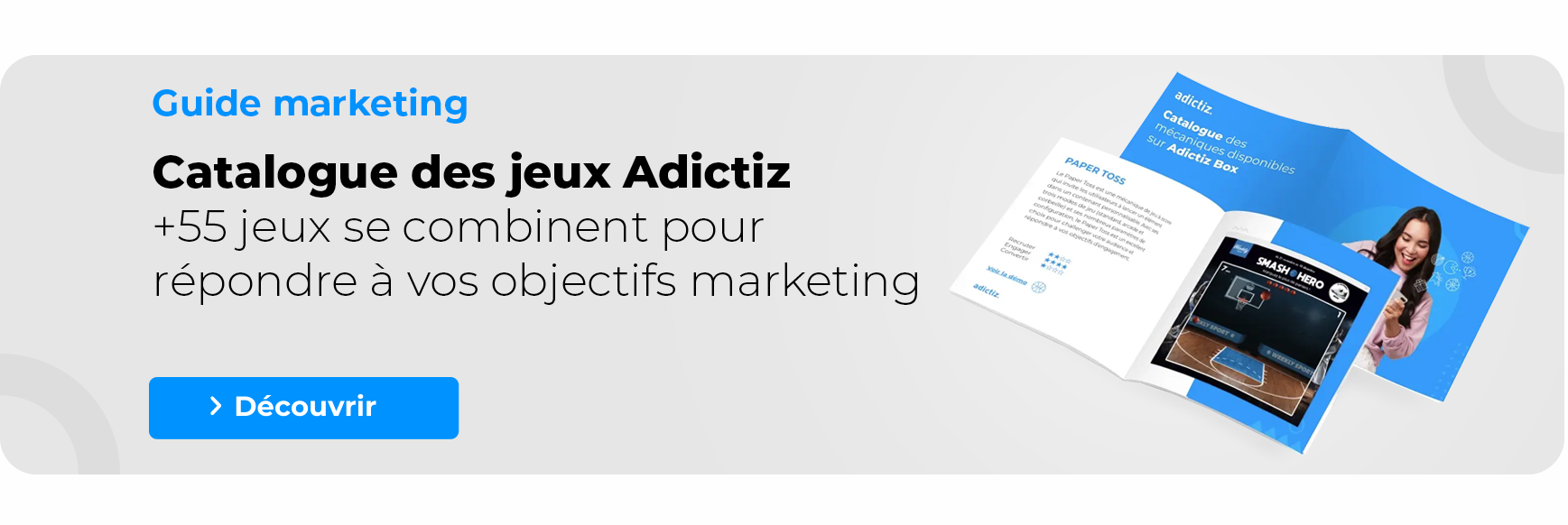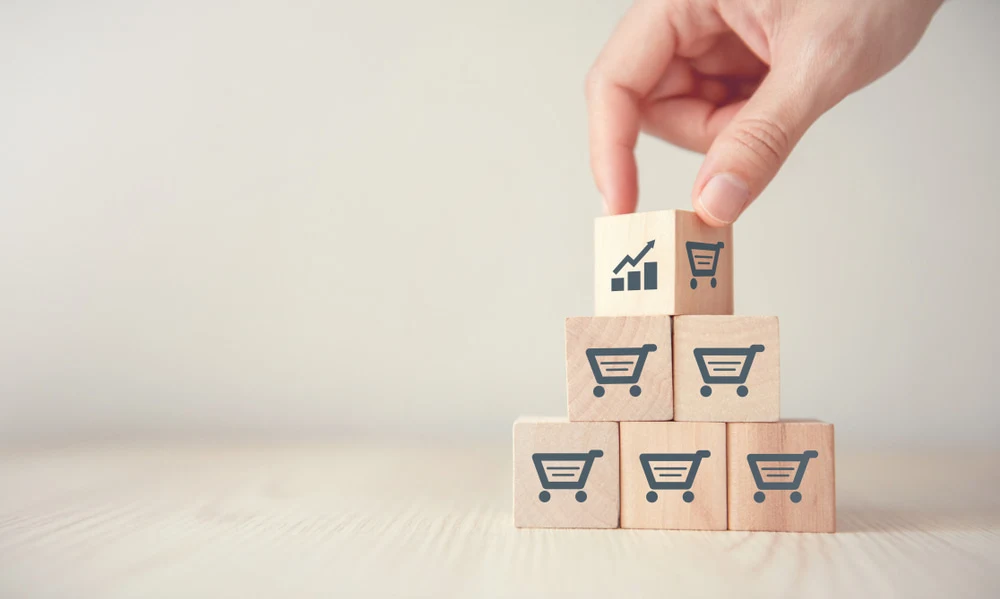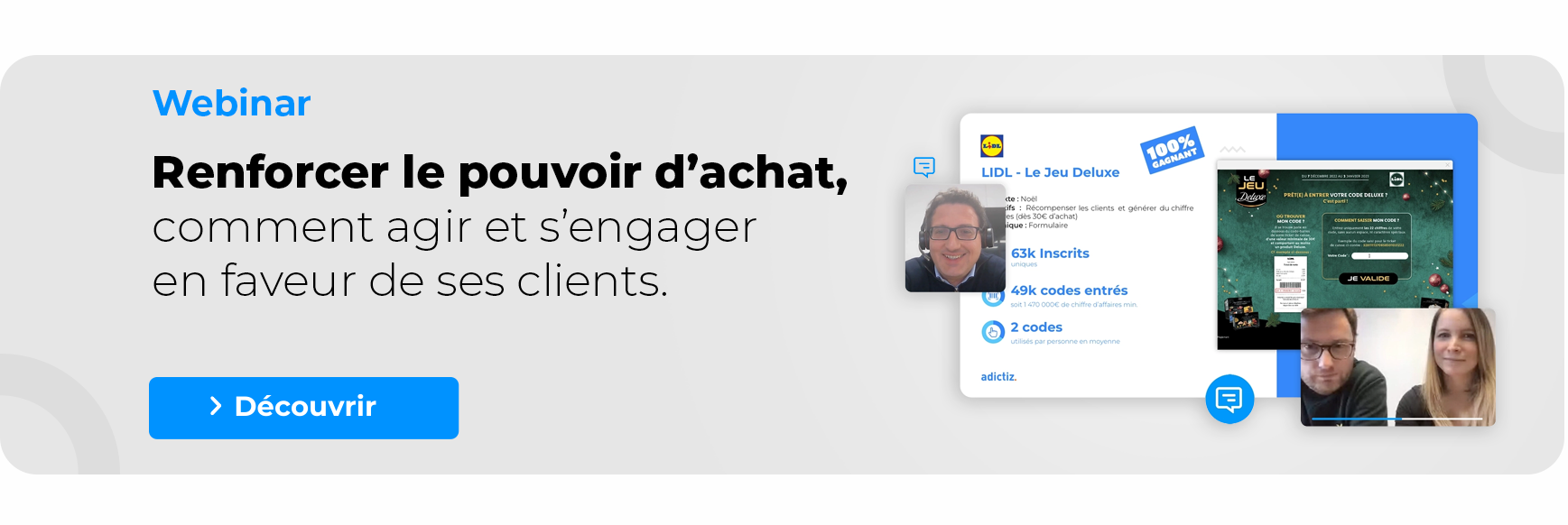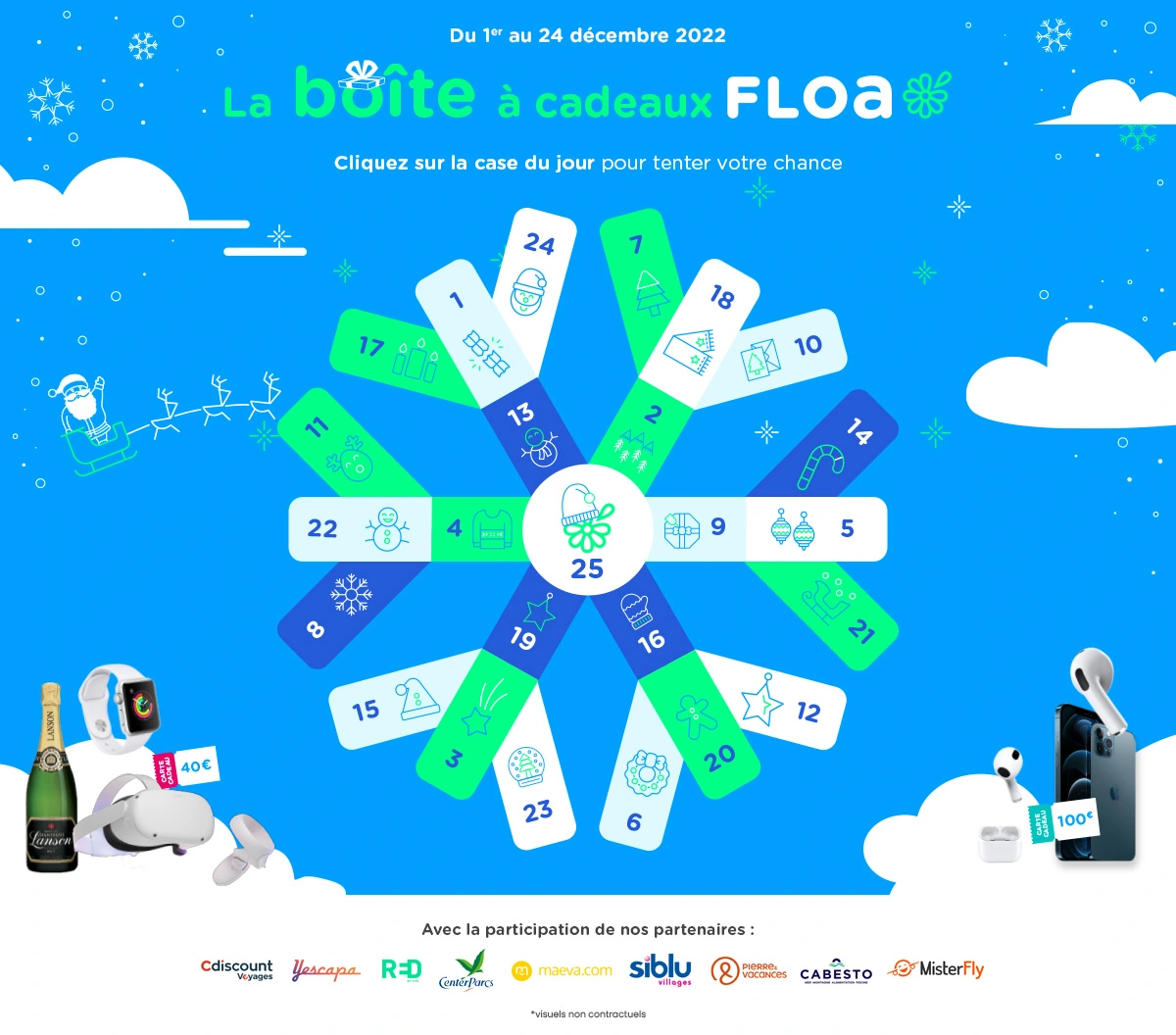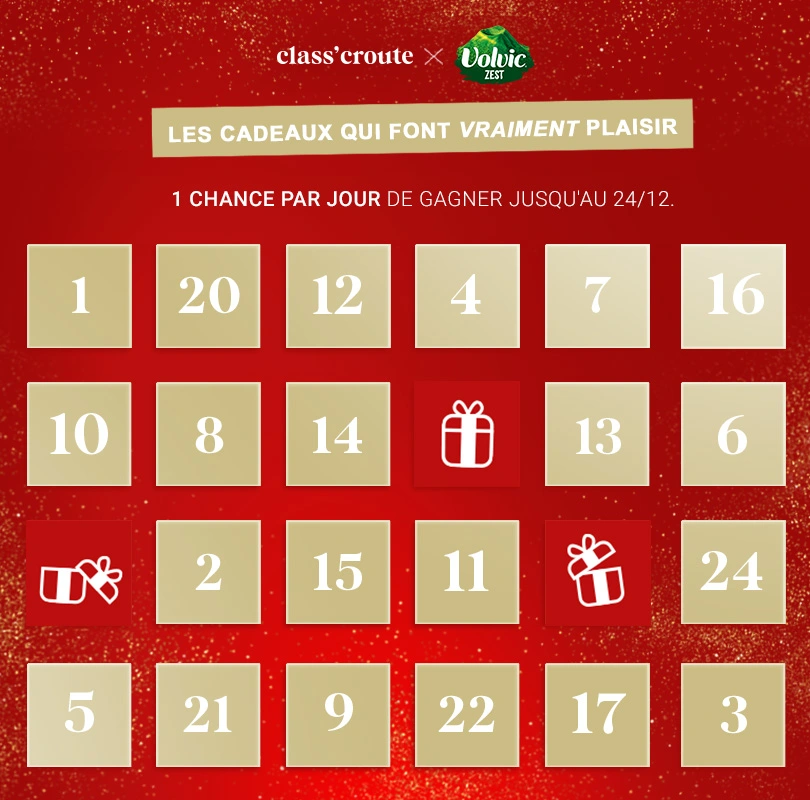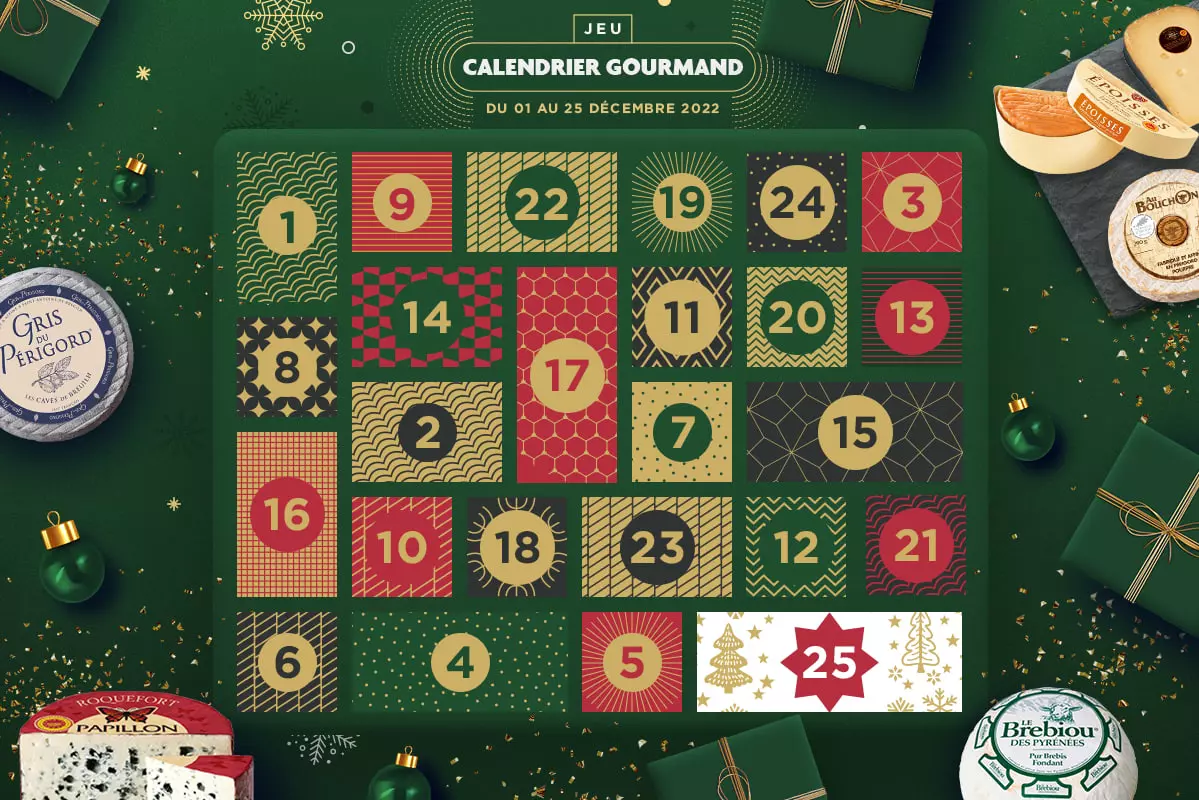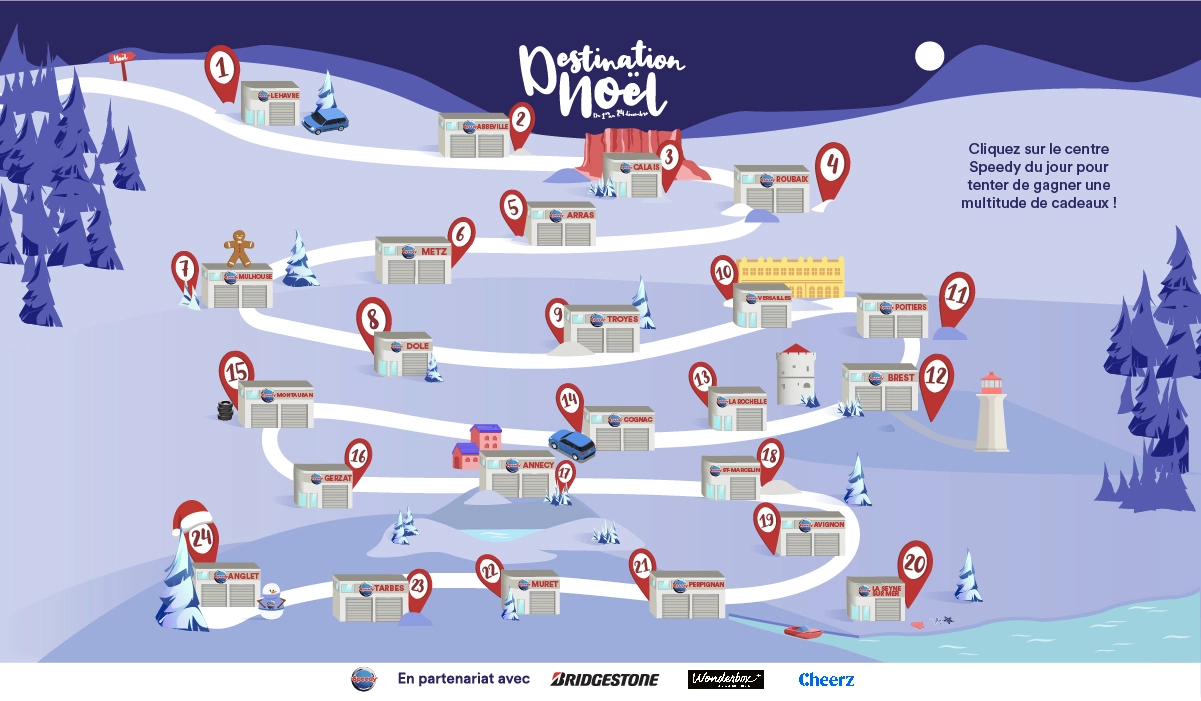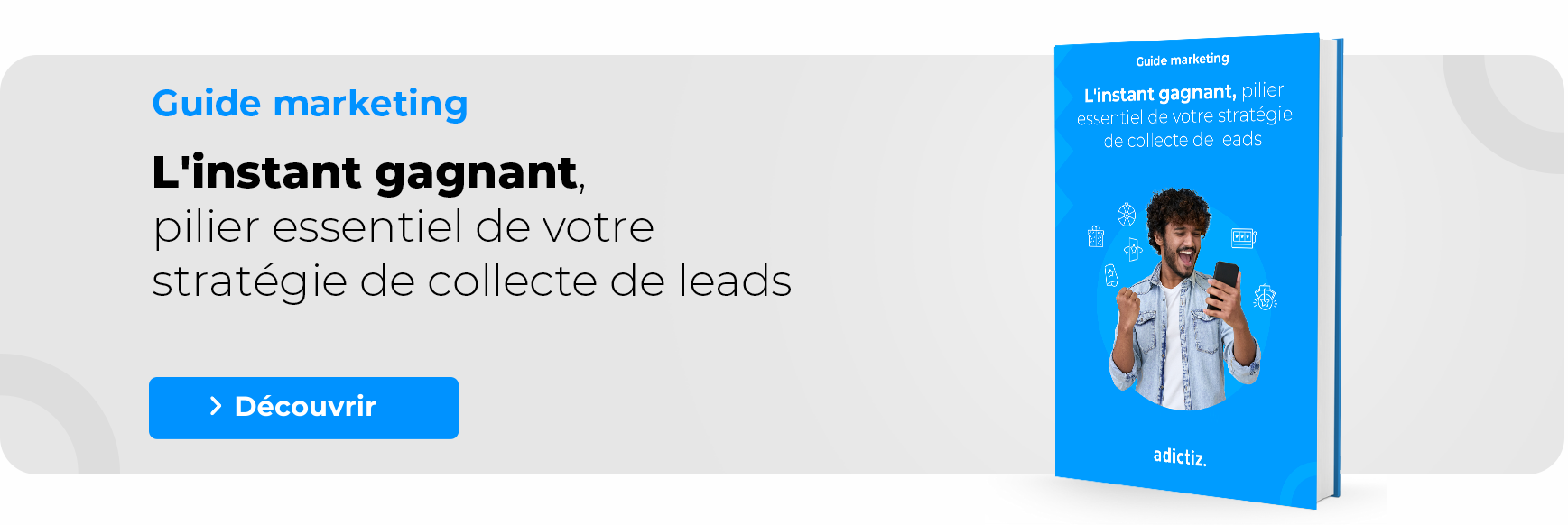
10 techniques to increase audience engagement
Commitment has become a very important aspect of online marketing in recent years. With the rise of social networks, brands can no longer simply broadcast advertisements or post a publication and wait for it to generate sales. They now need to interact with their audience and find new ways to increase audience engagement.
In this article, we share with you 10 formidable techniques for creating engaging marketing campaigns.
Increase audience engagement, yes: but why?
Engagement has become the key metric for marketers. For many, it replaces so-called vanity KPIs (such as the number of subscribers, for example) and provides a much better assessment of a brand’s reputation and appeal on social networks.
However, engagement also translates into very concrete KPIs, such as the number of comments, likes and shares of a publication. Some formulas also include the number of impressions or views, etc.
These community interactions with the content shared by a brand are good indicators of its relevance. But they don’t say much about the intention behind these actions… and even less about how they enable the company to achieve more concrete objectives, such as increasing sales, building customer loyalty, etc.
So before we look at the best levers for creating engaging marketing campaigns, it’s important to think about the objectives that the brand wants to achieve. In other words, what the engagement of its audience can bring to the brand in terms of commercial results.
The different objectives
The objectives of an engaging marketing campaign can be multiple. Interactive content can enable companies to :
- Capture the attention of your prospects and expand your target audience to generate new leads.
- Collect data (feedback, opinions, survey responses) to adapt your offer or marketing to the needs of your community.
- Reactivate existing customers to stay ‘top of mind’ when they need to buy a product/service (particularly before a major marketing event such as Christmas or the launch of a new collection).
- Convert your audience from their social network accounts or newsletters to your online shop (or in-store).
Build audience loyalty by creating a more solid relationship that is not just transactional.
10 techniques for creating interactive and more engaging content
Companies wishing to launch marketing campaigns to increase audience engagement can use a number of levers, depending on the objectives they wish to achieve. Here are the most effective.
1. Listen and respond to your subscribers
The first simple thing to do to increase audience engagement and strengthen the user experience is simply to interact with them. Brands that make a point of replying to their subscribers’ comments, reposting their publications (of the UGC type) or simply asking for opinions (in the form of surveys) are those that forge the strongest links with their community.
Beyond the consideration they show their customers and prospects these brands also take advantage of these interactions to better understand their needs and expectations. Comments or responses to a survey are all first-party data that shed light on consumer trends within their audience. The information collected can then be used to better segment customers or adapt communications, offers, etc.
2. Create exciting competitions
Create an engaging marketing competition is also an excellent way of achieving your sales objectives. Interactive animations such as quizzes, photo contests or instant wins are highly effective to :
- Expand your audience (thanks to the buzz around the prizes to be won, for example).
- Raise community awareness of the launch of a new product or service.
- Reactivate customers by offering them rewards.
3. Launch a viral campaign with a content creator
Partnerships with influencers are also an excellent way of generating more engagement with your community. Content creators have a closeness with their community that can benefit brands, whose communication will appear more authentic.
But account takeovers, for example, can bring a bit of freshness and novelty to the content shared by companies, and so engage their audiences.
4. Capitalise on interactive advertising content
Interactive marketing is, in essence, a powerful generator of engagement. In fact, its purpose is to Invite a community to interact with the content, for example by integrating gamification mechanisms (in the case of competitions or Playable Ads).
5. Encourage the creation of UGCs
UGC campaigns (whether in the form of a competition or a simple branded hashtag) are particularly effective in increasing audience engagement. They enable brands to encourage their customers to share content about their products or services.
UGC will be an excellent way of boosting their visibility, reinforcing their sense of belonging to the brand’s community and converting new customers more effectively than photos from a professional shoot.
6. Organising events
Events (whether virtual or physical) are an integral part of brand community strategies. They allow brands to create much stronger links with its customers and therefore build loyalty. But they are also good conversion drivers (when they are organised to launch a new collection, for example) and engagement drivers (by inviting participants to share content around the event).
7. Doing live shopping
Live shopping is a highly effective form of interactive content for generating engagement and boosting conversion rates. Brands will present their products in a more immersive wayand answer their customers’ questions live. Customers benefit from a personalised shopping experience without having to visit the shop.
It is also possible to integrate interactive experiences such as surveys or games into live shopping. These gamified formats will boost community engagement even further.
8. Use co-creation to engage your audiences
Co-creation is another ultra-powerful form of interactive marketing. It allows customers to participate in the development of a new product or service, usually by taking part in a survey and then voting (to select the best idea).
Not only does this strategy generate engagement. But it’s also an excellent way of activating the data collected from its community to create products for which companies are sure to have demand.
9. Share relevant content
By sharing content with high added value (such as free guides, webinars, tutorials, etc.), companies can respond effectively to the expectations and needs of their audience. It also generates engagement by encouraging their prospects to delve deeper into the subject, ask questions, etc.
10. Share behind the scenes of your brand
Consumers are generally curious to discover what goes on behind the scenes at their favourite brands. Social networks are excellent platforms to share his backstage, give a voice to its employees, etc. Many brands, particularly in the fashion industry, take advantage of these channels to reveal the secrets of their workshops or catwalk shows. An ideal technique for increasing audience engagement while highlighting the company’s expertise.
Create a more engaging marketing campaign using gamification. Adictiz offers you a a wide choice of formats for interacting with your audience, depending on the objectives you want to achieve!


